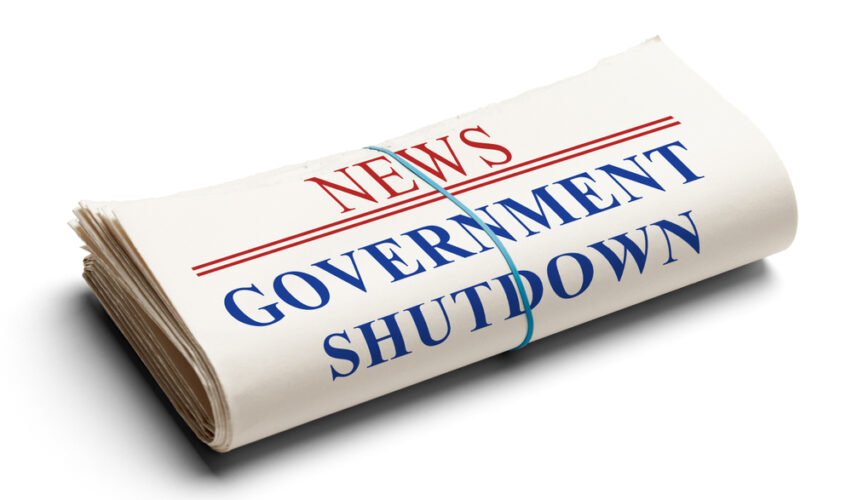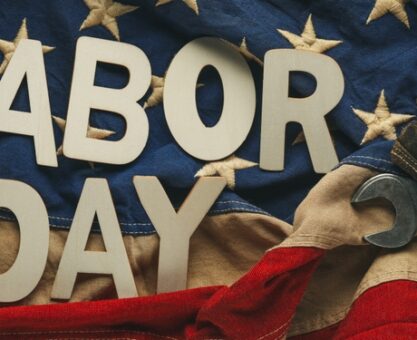As the September 30 funding deadline nears, the U.S. faces another government shutdown. Without passage of either full-year appropriations or a temporary stopgap, a wide range of federal services could grind to a halt, putting pressure on lawmakers already struggling to bridge partisan divides.
At the center of the impasse is the Senate, where Republicans hold a narrow majority but lack the 60 votes needed to overcome a filibuster. That math has forced both parties into uneasy negotiations, though progress has been slow. The atmosphere has been further strained by President Trump’s recent decision to rescind $4.9 billion in foreign aid using a controversial “pocket rescission” maneuver. The move deepened distrust across the aisle, making a bipartisan compromise harder to achieve.
Democrats, meanwhile, have sought to tie negotiations to healthcare priorities, particularly an extension of Affordable Care Act premium subsidies that affect millions of Americans. They see the deadline as leverage to secure provisions that might otherwise stall in a divided Congress. Republicans, for their part, have pushed back against new spending while highlighting the need for tighter budget discipline.
Caught between these competing priorities are government workers, contractors, and agencies preparing contingency plans. A shutdown would likely mean furloughs for hundreds of thousands of federal employees, closures of national parks and passport services, and disruptions in agencies dependent on annual appropriations. Federal contractors are already warning of delayed payments and cash flow strain should negotiations falter.
The economic effects of a government shutdown tend to be uneven. Markets often experience short-term volatility, but history shows resilience: previous shutdowns have been followed by market rebounds, with the S&P 500 averaging double-digit gains in the months that followed. Still, uncertainty weighs heavily on businesses reliant on federal contracts and on households living paycheck to paycheck.
Most observers believe a continuing resolution—a short-term extension of current funding—remains the most likely outcome. Such a move would avert immediate disruption but only delay deeper debates over spending levels, foreign aid, and healthcare. For now, both parties appear reluctant to risk the political fallout of a prolonged closure, even as negotiations remain fraught.
The coming weeks will reveal whether lawmakers can find common ground or whether the nation is headed toward another shutdown. What is clear is that the stakes extend well beyond Capitol Hill, touching communities, families, and the broader economy.






















